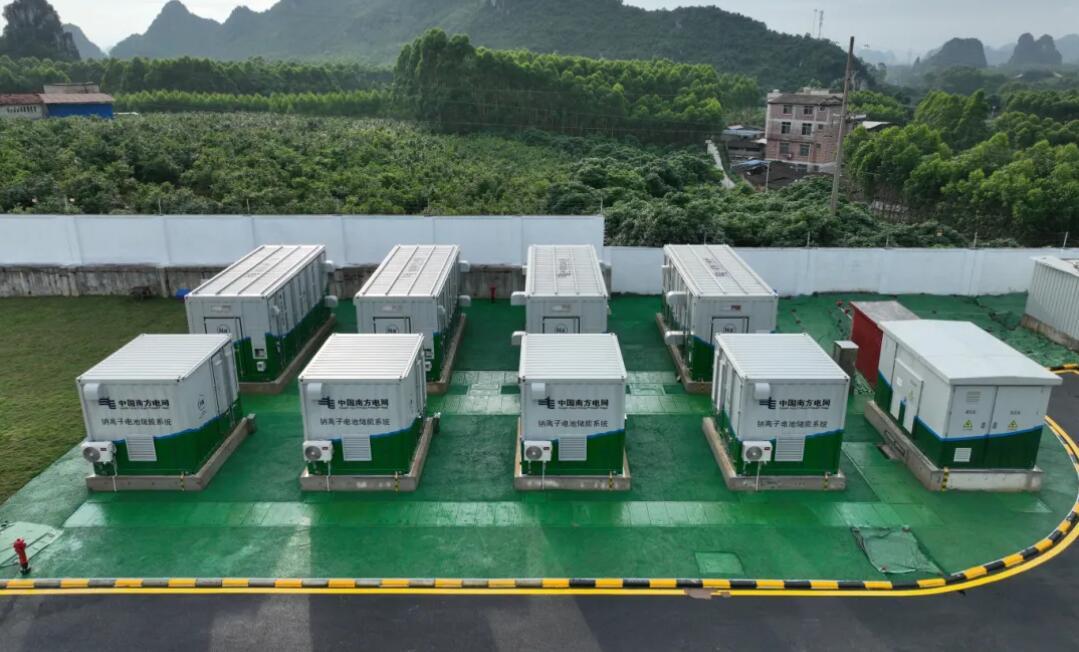- cross-posted to:
- technology@lemmy.world
- cross-posted to:
- technology@lemmy.world
Big up to China for literally finding a way to save the environment.
Judging by the article its purpose is to improve power availability during peak load times.
So an average Chinese home takes ~1MWh/mo of electricity, they have 100Mwh and they say 300 discharges a year and support 12000 people. So they expect this to cover about a fifth of the energy usage, which seems pretty great.
Where do you take that number from? 1MWh/mo seems quite high. Also considering that the stored energy will only be used when solar or wind are low, the battery will never be used to supply 100% of the electricity.
So it will support many more homes.
Um, why does the average Chinese home consume 1 MWh/mo? Or do they mean the battery capacity would account for one home consuming up to 1 MWh?
I got it from here
Ok so as a indicative figure, my air-conditioned three bedroom home in Australia uses about 20kWh a day in the hottest part of the year, which multiplies out to about 0.6 MWh a month.
I wouldn’t expect the average Chinese home to use more than that, because that’s getting on the higher end of average usage in Australia and our homes are full of energy gobbling gadgets.
Yeah that’s about what I had figured too, 400-600 kWh/mo per house during summer. Double that is more likely to be estimated capacity rather than actual use.
I mean maybe, it’s just a back of napkin calculation i didnt spend more than a 5s search, think of it as a lower bound I guess. I don’t think my conclusion really changes if it’s 40% vs 20%, point is that it’s more than enough to power peak usage. I tried digging a bit more but couldn’t find anything that contradicted or confirmed it. Here in Canada 1MWh per month is typical for an electrified house (ie electric heating, cooling and stovetop), but our houses are big, our electricity generally cheap and our climate different.
Wikipedia lists avg consumption per capita for China as 5MWh/person/yr, half that of the US, Canada and Australia but that doesn’t take into account household size which imagine is higher in china. Also worth noting China has been adopting evs relatively quick and they generally take a huge amount of power.
This looks like the largest plant, not the largest individual battery.
Lots of things casually called ‘batteries’ are compromised of smaller individual cells. Semantics.
Wow, that’s some amazing stuff! Really looking forward to more of this globally…
That would never happen, because it’s from China. We can’t allow their superior technology on battery / green energy, so it’s better to keep using oil - because politics, you know?
Yup, no one outside of China uses anything made with Chinese technology, ever. Sent from my oil-powered mechanical smartphone /s




